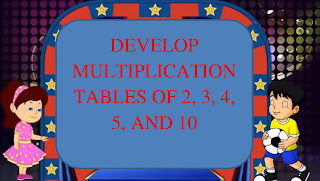LESSON PLAN OF SOLVE REAL LIFE PROBLEM INVOLVING ADDITION & SUBTRACTION

LESSON PLANNING OF SOLVE REAL LIFE PROBLEM INVOLVING ADDITION & SUBTRACTION Subject Mathematics Grade 2 nd Students` Learning Outcomes Solve real life problems (using Pakistani currency as well) involving addition, & Subtraction Information for Teachers Have the concept of “addenda” and “sum”. “Addenda” those quantities, to which we want to add, is plural for addendum. “Sum” is the result after adding quantities. By doing addition when things become more than ‘10’ in unit place or tens place we take ‘1’ as carry to tens or hundreds place respectively. When doing sums regarding subtraction if in unit place or tens of ‘minuend’ digits are smaller than ‘subtrahend’ take ‘1’ as borrow from tens or hundreds place digits and add ‘10’ in place of ‘1’ in unit and tens digits. While teaching the lesson, the teacher should also consult textbook at all steps where and when applicable. Material / Resources Writing board, chalk / marker, duster, fake currency...

